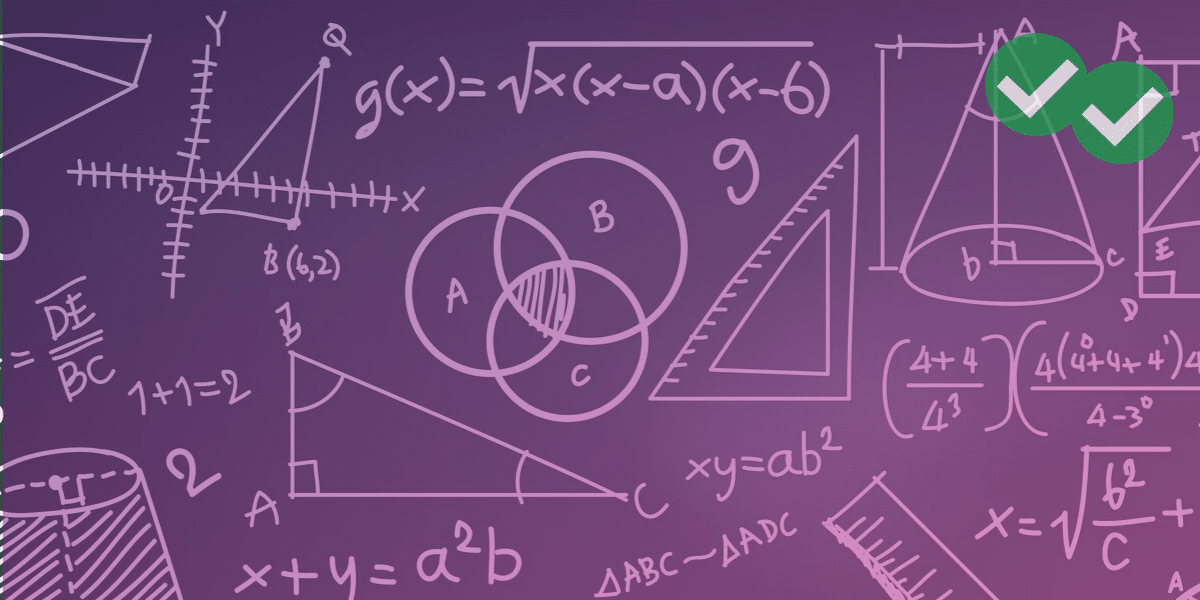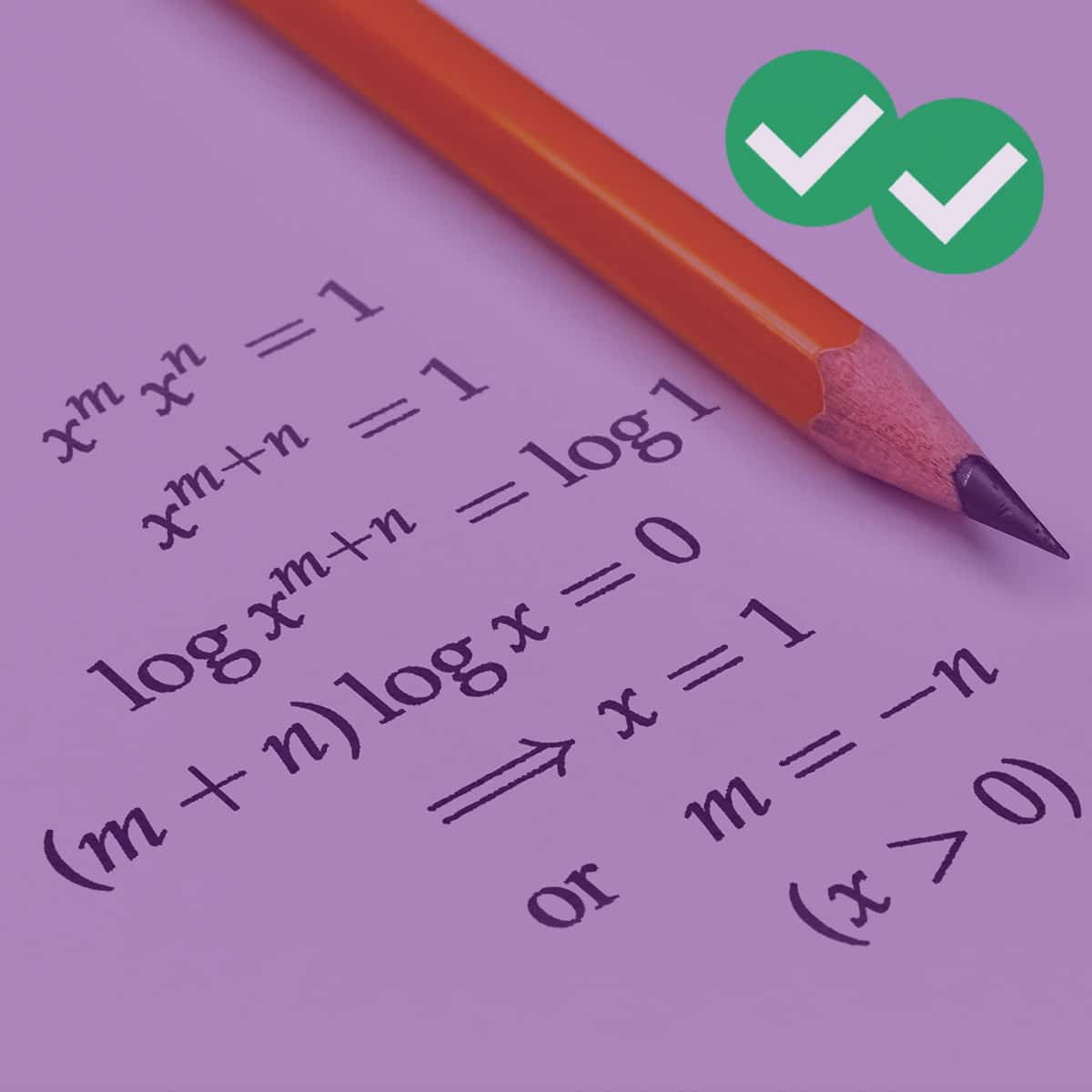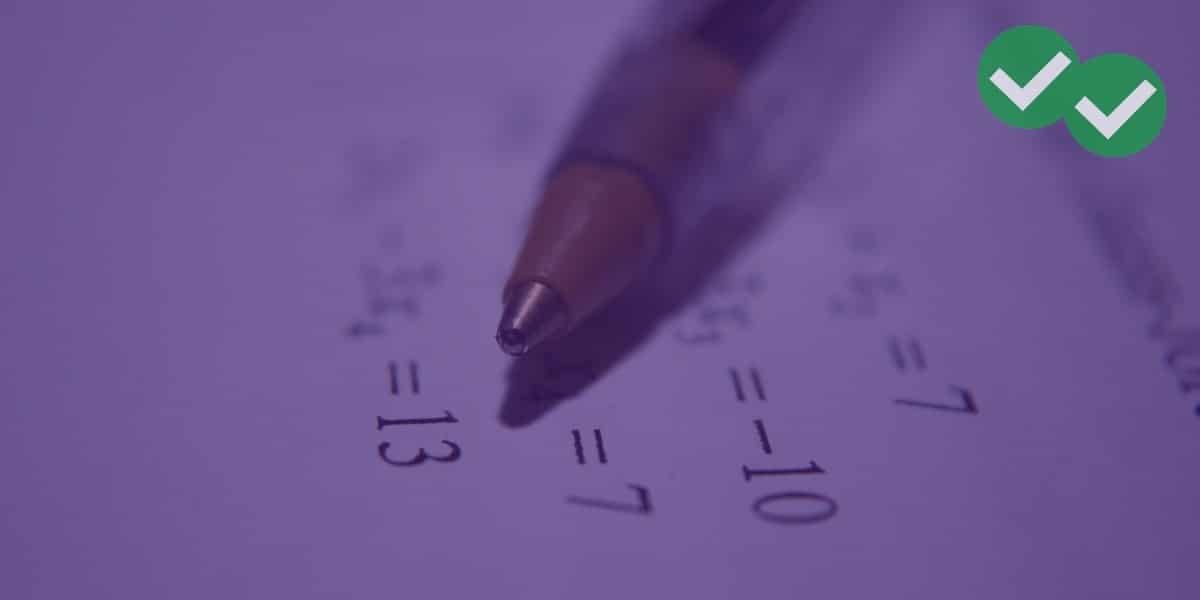On the quantitative section of the GRE, you have some fringe concepts. Standard Deviation is definitely one of these, as you can take a couple of quantitative sections without ever having to deal with this concept. Still, it is a good idea to have a general sense of Standard Deviation before walking into the GRE.
If you are already quaking with trepidation as you recall your Stats 101 class, have no fear. The Standard Deviation on the GRE is typically more basic than what you’d see, even in an introductory statistic course.
Try the following question:
What is the order of the Standard Deviation, from greatest to least, of the following three sets?
I. 78, 79, 80, 81, 81
II. 11, 14, 14, 15.5, 17
III. 1.4, 3.9, 7.1, 9.8
(A) I, II, III
(B) II, I, III
(C) III, I, II
(D) III, II, I
(E) None of the above
One method of solving this problem would be to use the standard deviation formula. Doing so, however, would take a very long time. Moreover, the GRE really isn’t testing your use of a formula, but rather your ability to intuit when one set of numbers deviates more than another.
Look at the Range
The way we can intuit the standard deviation is by looking at the range of a given set of numbers. Typically the greater the range, the greater the standard deviation. This isn’t always true, as I’ll show in an example below, but it tends to hold true on most GRE questions. That said, if you see an SD question on the toughest math section, you might want to tread a little more carefully. Below, I’ll show example of when greater range, doesn’t equal greater SD.
Do They Clump?
Another factor that determines the Standard Deviation is how close the numbers clump around the average of the set. The farther away from the average the numbers are, the greater the standard deviation. The more they clump around the average—7, 9,9,9, 10, 11—the lower the standard deviation.
Back to the Problem
So let’s look at the problem. Which group of numbers is closest together, or, asked another way, which set has the numbers grouped closest around the average? In the first set, the range of numbers is very small, 81 -78 = 3. Therefore, the numbers are grouped very close to the average. Also the numbers all tend to be clumping around the middle so we can determine that Set I has a very small standard deviation.
With the next set of numbers, we can see that they differ a little more. Notice that the set has a range of 17 – 11 = 6. This is twice the range of the first set of numbers. One thing to note with Set II is that the numbers are clumped around the middle.
Typically, this would bring the standard deviation down a little. However, if you look at Set I, you’ll notice the same clumping. Therefore, Set II has a greater standard deviation.
Now, let’s take a look at the final set, Set III. This set has the greatest range 9.8 – 1.4 = 8.4. A good ballpark average would be between 5 and 6. None of the numbers are that close to the average. Therefore, the standard deviation of Set III is the greatest because the range is the greatest, and the numbers are farther away from the average.
Therefore the answer is (D).
Now, let’s return to a concept mentioned a little earlier. There are some instances when a greater range in a set of numbers does not correspond to a greater SD.
Set A: 60, 80, 80, 80, 80, 100 Range 40, SD 11.5
Set B: 60, 60, 60, 90, 90, 90 Range 30, SD 15
What you’ll notice about the first set is most of the numbers are “clumped” very close to the mean. So even though the range is greater than that of Set B, the SD is lower. In Set B, the numbers are spread away from the mean (notice how numbers in Set A actually equal the mean). In such an instance, the SD-range connection does not work. The GRE might throw a similar pattern at you, so always look before you assume that range, in of itself, corresponds to a higher SD.






Leave a Reply